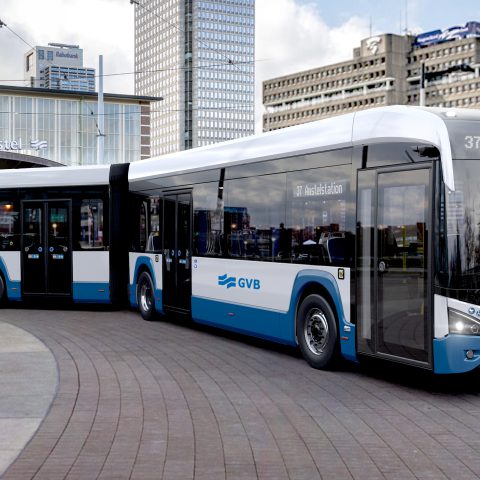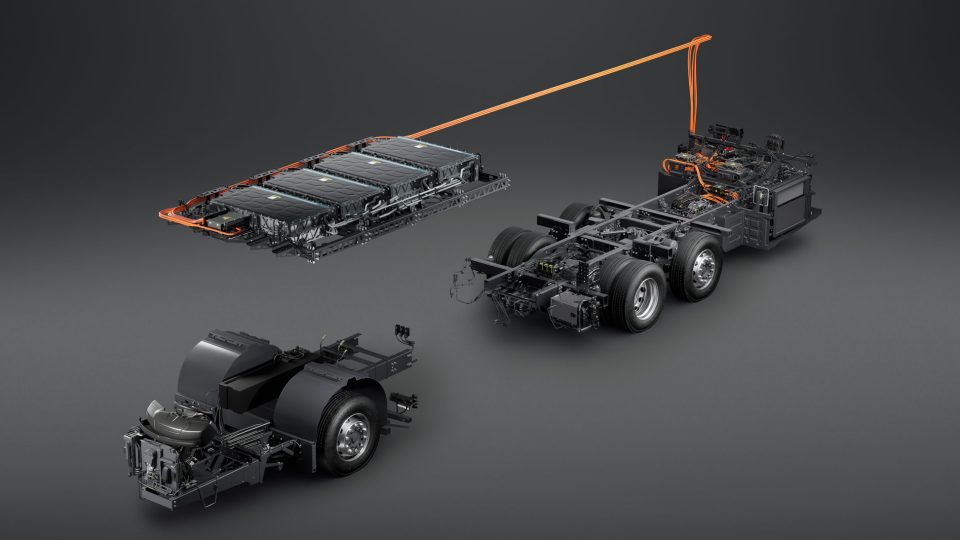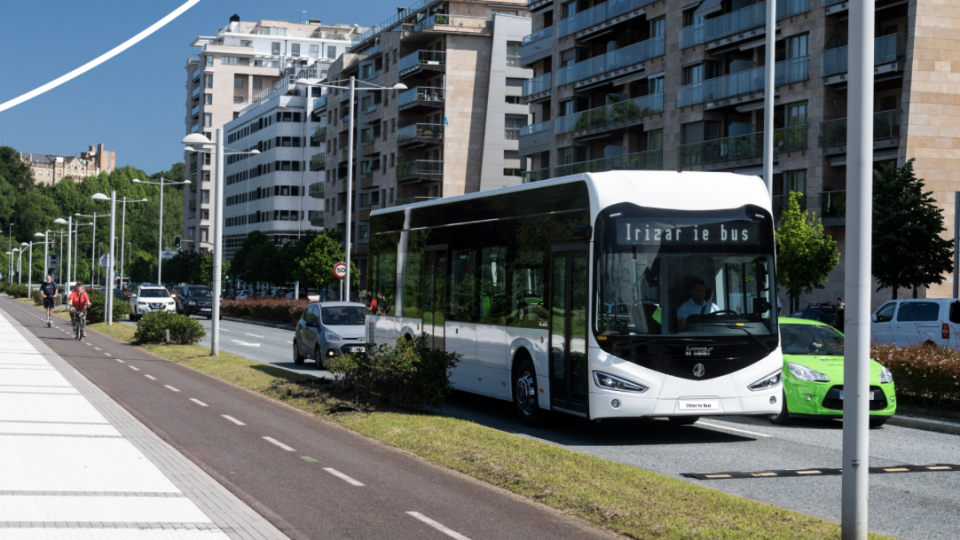GVB to launch 84 new generation Citea electric buses in Amsterdam (with option for further 130)
GVB has ordered 84 new generation VDL Citea for Amsterdam. They will be deployed from 2023 onwards. The framework contract includes an option for a further 130 new VDL Citea. VDL Bus & Coach will deliver 30 articulated new generation VDL Citeas (virtually launched one year ago) of type LF-181 and 54 VDL Citeas LF-122. […]

GVB has ordered 84 new generation VDL Citea for Amsterdam. They will be deployed from 2023 onwards. The framework contract includes an option for a further 130 new VDL Citea.
VDL Bus & Coach will deliver 30 articulated new generation VDL Citeas (virtually launched one year ago) of type LF-181 and 54 VDL Citeas LF-122. For the expansion of the GVB fleet, VDL Bus & Coach is also responsible for implementing the charging infrastructure.

GVB has been using electric buses since the end of 2019: 44 are currently in service and an additional 31 will enter service during the summer period, bringing the total number of electric buses to 75 in 2022. The goal is to providing full electric public transport by 2025. First order for the model from the Netherlands was in Eindhoven.
VDL Citea New Generation in Amsterdam
In the new generation Citeas, the battery packs are integrated into the floor as standard, allowing for more passenger space, up to a maximum of 110 people in a 12.2-metre vehicle. For this new generation of electric city buses, VDL Bus & Coach has developed a composite sidewall that consists of a single piece. This causes less vibration and reduces noise, which contributes to passenger comfort.
The side wall improves the insulation of the bus, reducing the need to heat and cool the bus. Moreover, this composite side wall construction is 15% lighter than a conventional side wall. For VDL Bus & Coach, having an attractive design language is an important asset in getting more people to choose public transport.
Amsterdam is working to further reduce CO2 emissions in the city. To this end, the municipality has developed the ‘Route Map Amsterdam Climate Neutral 2050’. Amsterdam will reduce its CO2 emissions by 5% in 2025, 55% in 2030 and 95% in 2050 compared to 1990 levels. Part of this is that GVB provides completely emission-free bus transport in 2025.
GVB to launch VDL Citea New Generation
President Willem van der Leegte of VDL Groep: “With the development of the new generation VDL Citea, we have developed a versatile mobility platform that matches the sustainability ambitions of our customers. That also applies to GVB. In this way, we will remain at the forefront of the public transport market, where we are leading the way in Europe on the basis of our more than 150 million electric kilometres driven. By signing this contract, we are making an important contribution to making Amsterdam an even cleaner city for its residents and visitors, based on our collaborative strength. We are proud to be able to supply buses to our capital city again. GVB and VDL have been working together for many years. The fact that this cooperation is continuing is a sign of its success.”
Climate-neutral goals in Amsterdam
Claudia Zuiderwijk, Managing Director GVB: “This order is a good step towards nicer, cleaner and more sustainable public transport in Amsterdam. More and more inhabitants of Amsterdam will experience how the droning acceleration of buses is disappearing from the city and that the air is cleaner when they cycle or walk around.”
“With this order, the GVB fleet will eventually be entirely VDL,” says Ard Romers, managing director of VDL Bus & Coach Nederland. “GVB is going to phase out the last diesel buses and permanently switch to zero emission VDL Citeas in Amsterdam. We are proud that, based on the trust built up over the past decade, we can continue our cooperation with the partners in this project. The Netherlands is a European forerunner in the electrification of public transport and VDL is happy to provide its experience and expertise as a transition partner. More than 1,100 VDL Citeas now cover over 135,000 electric kilometres together every day in a large number of European cities and regions.”







